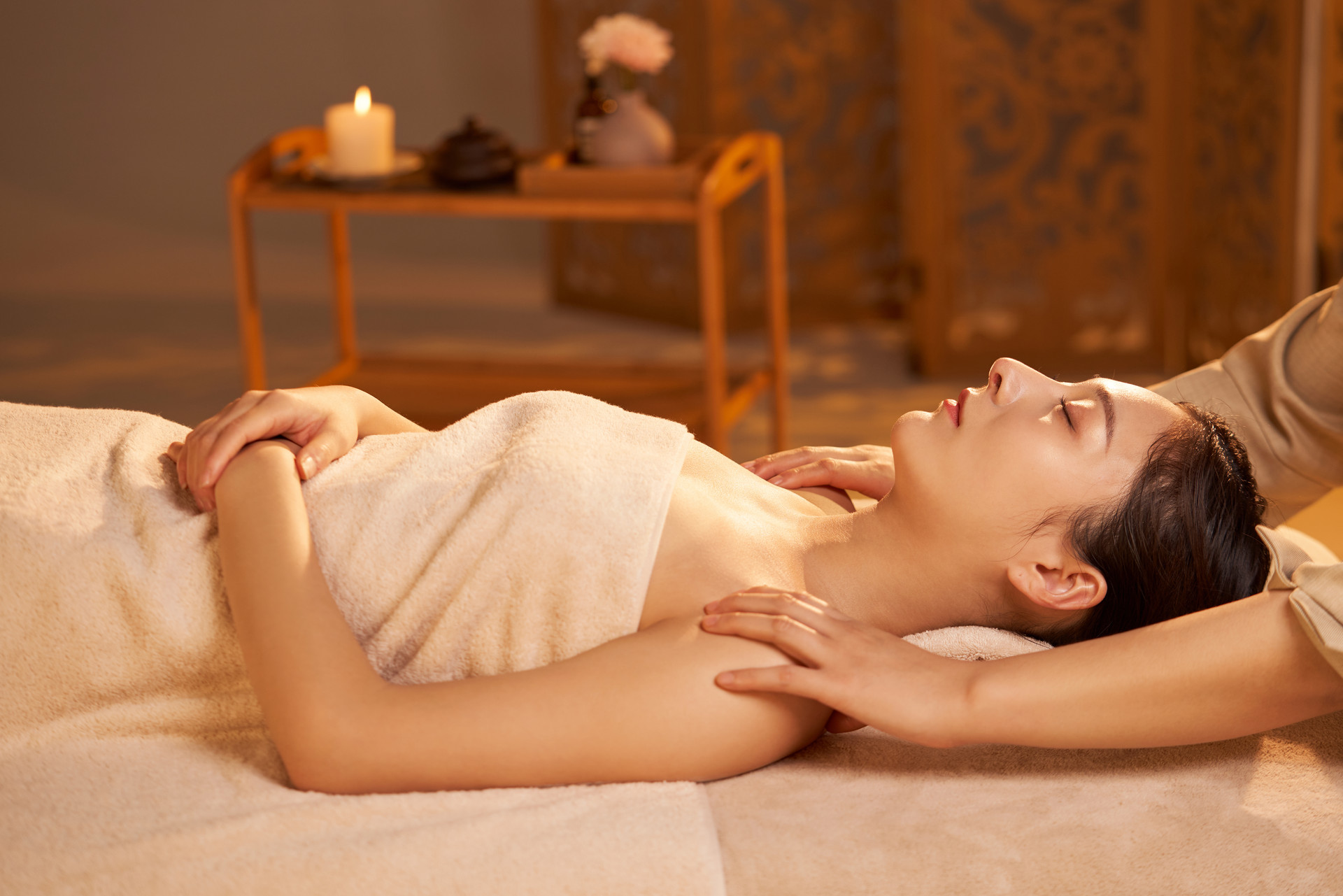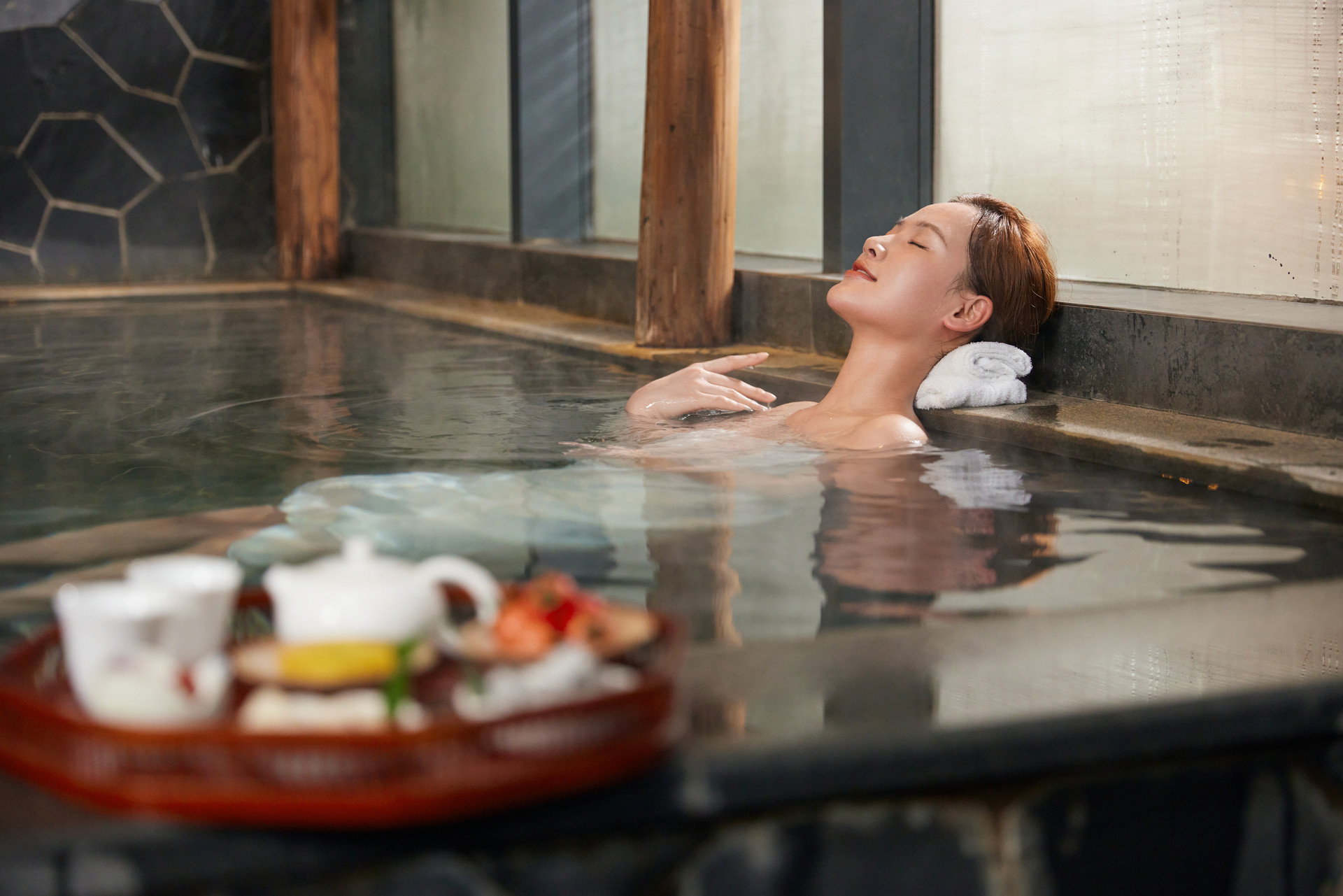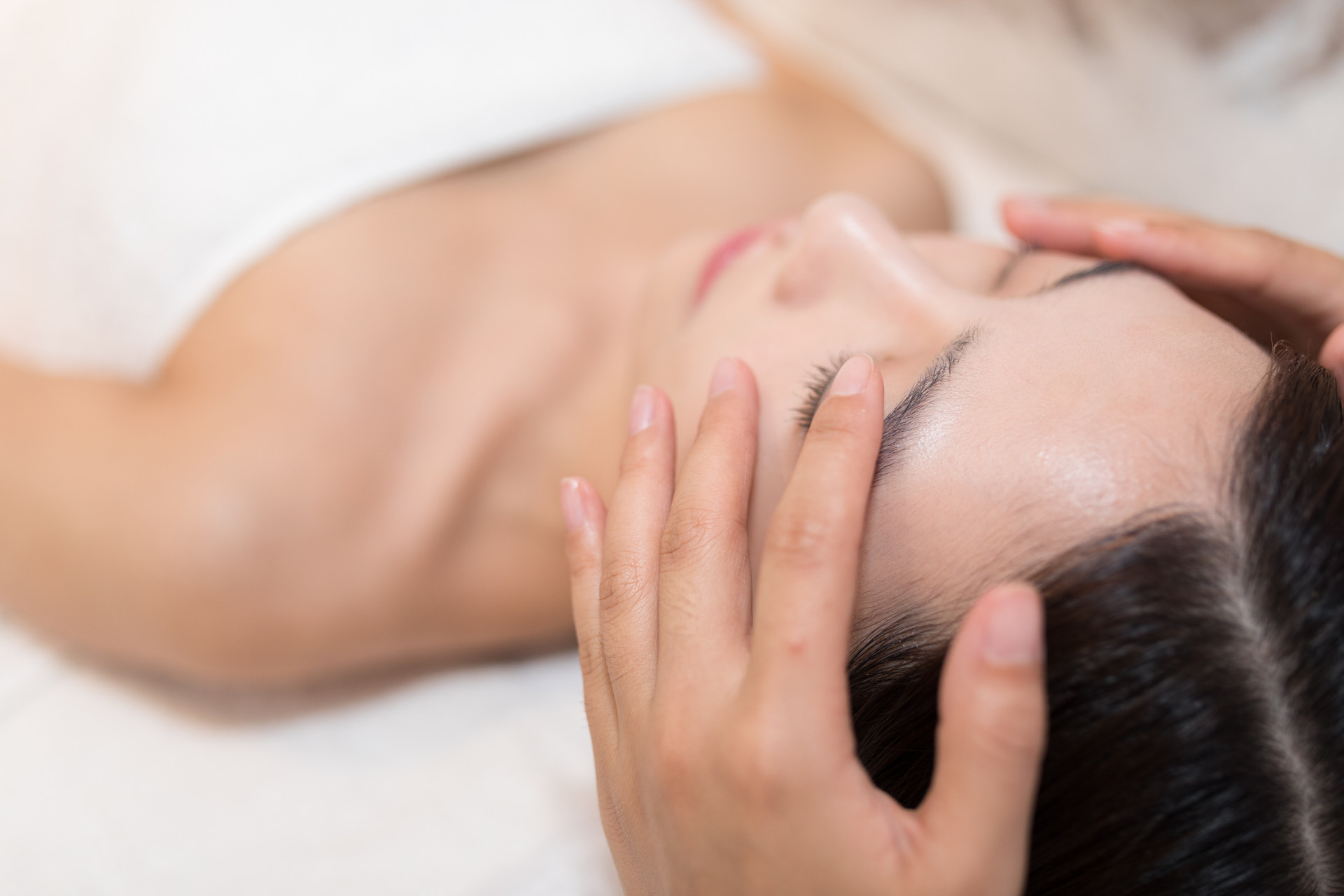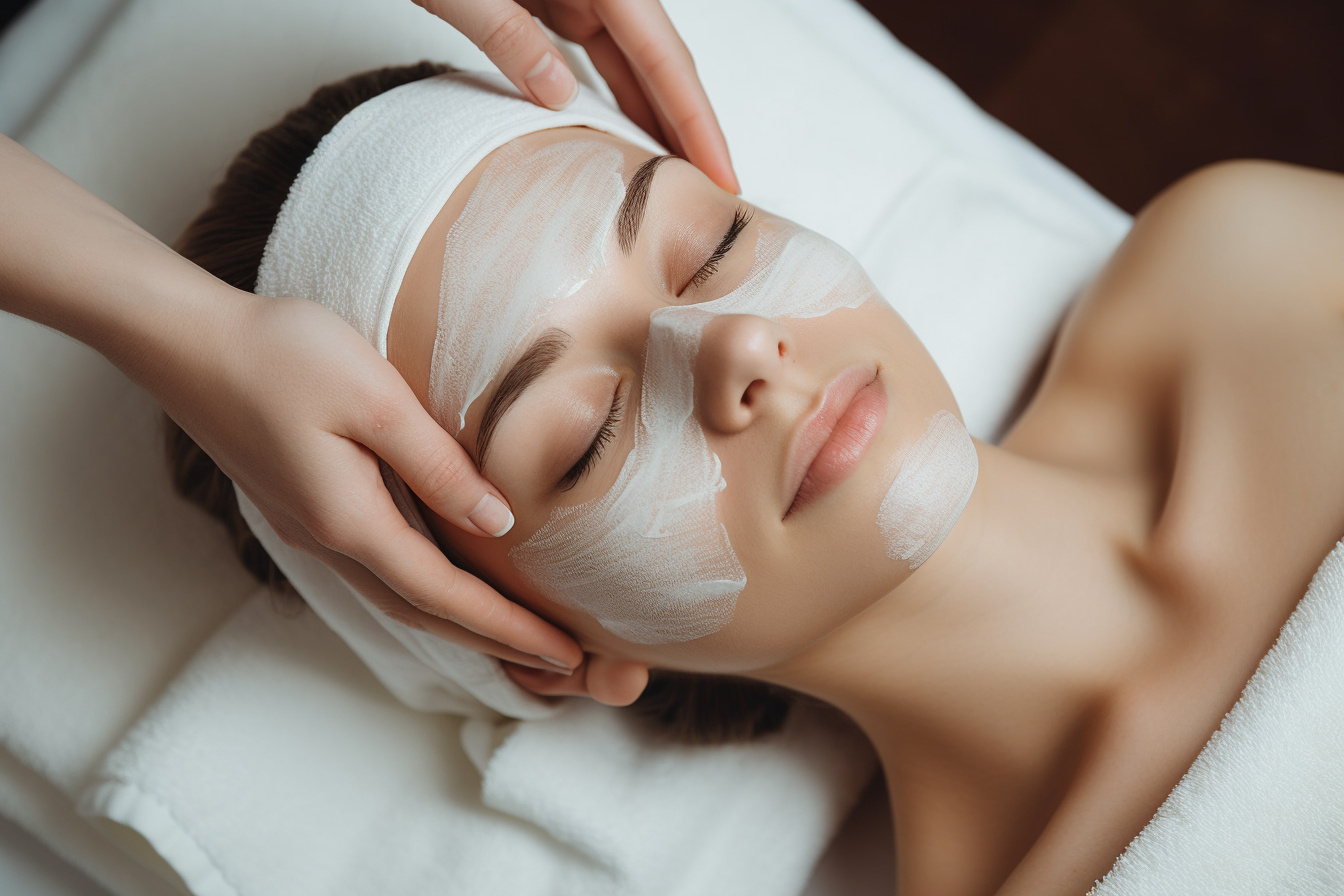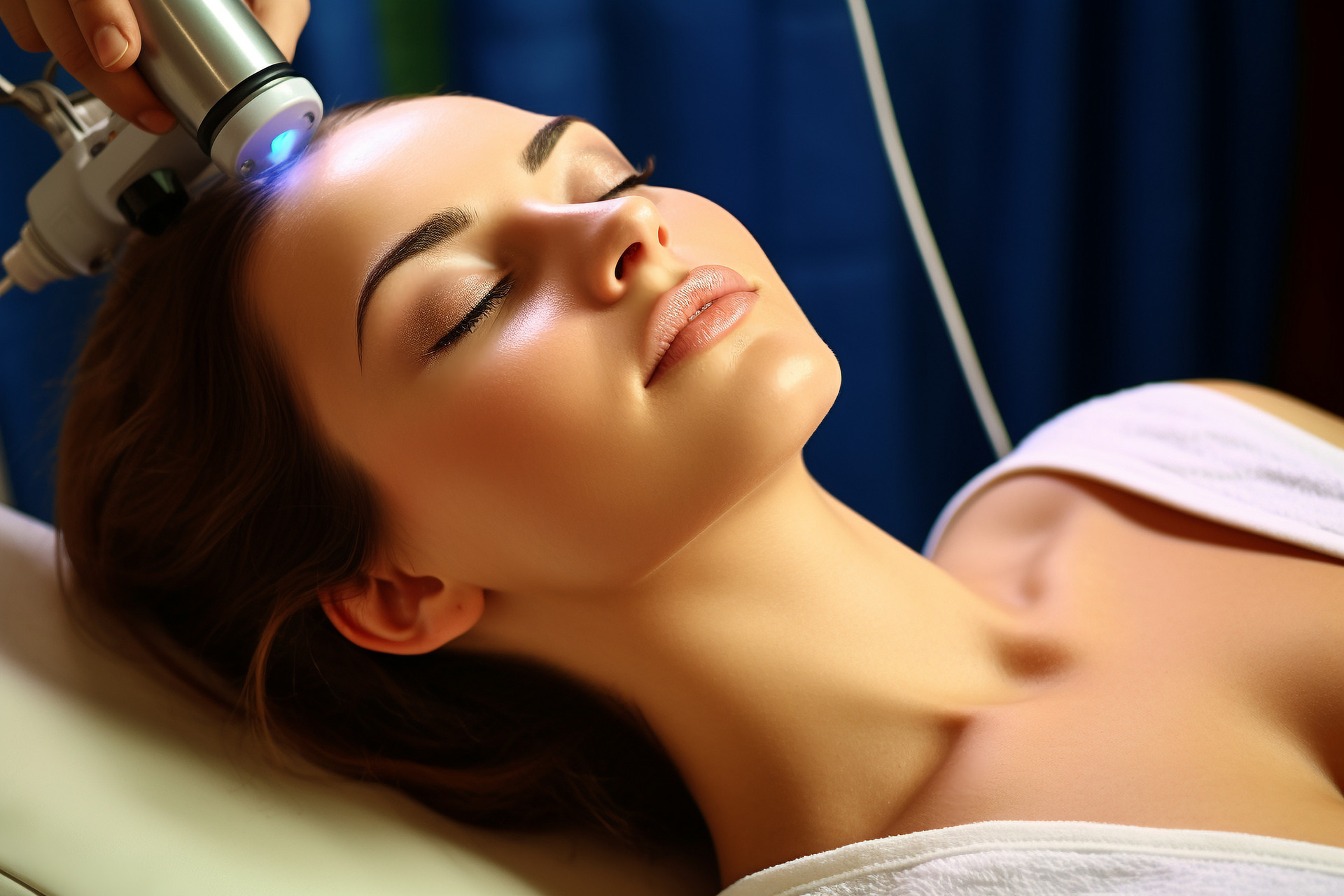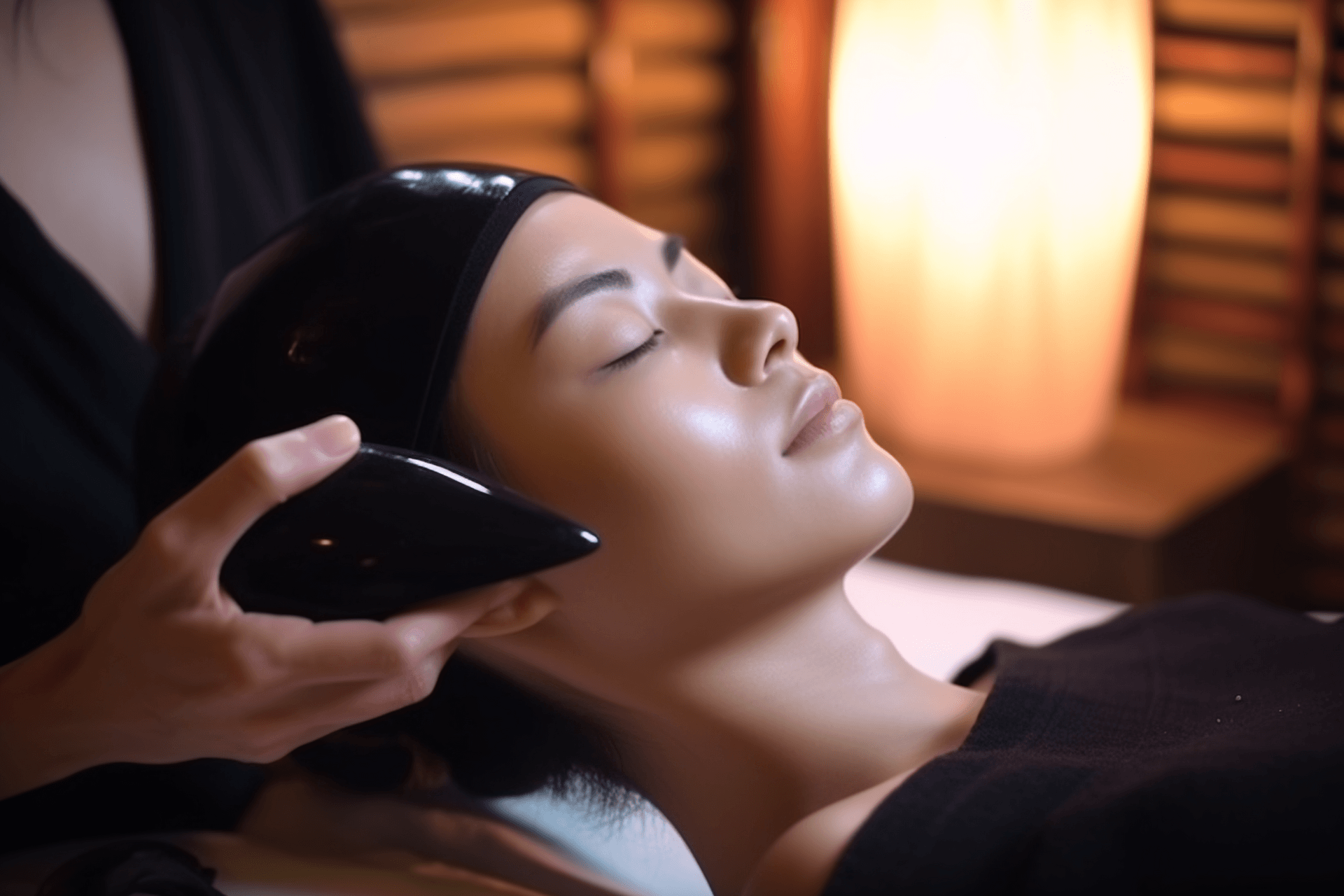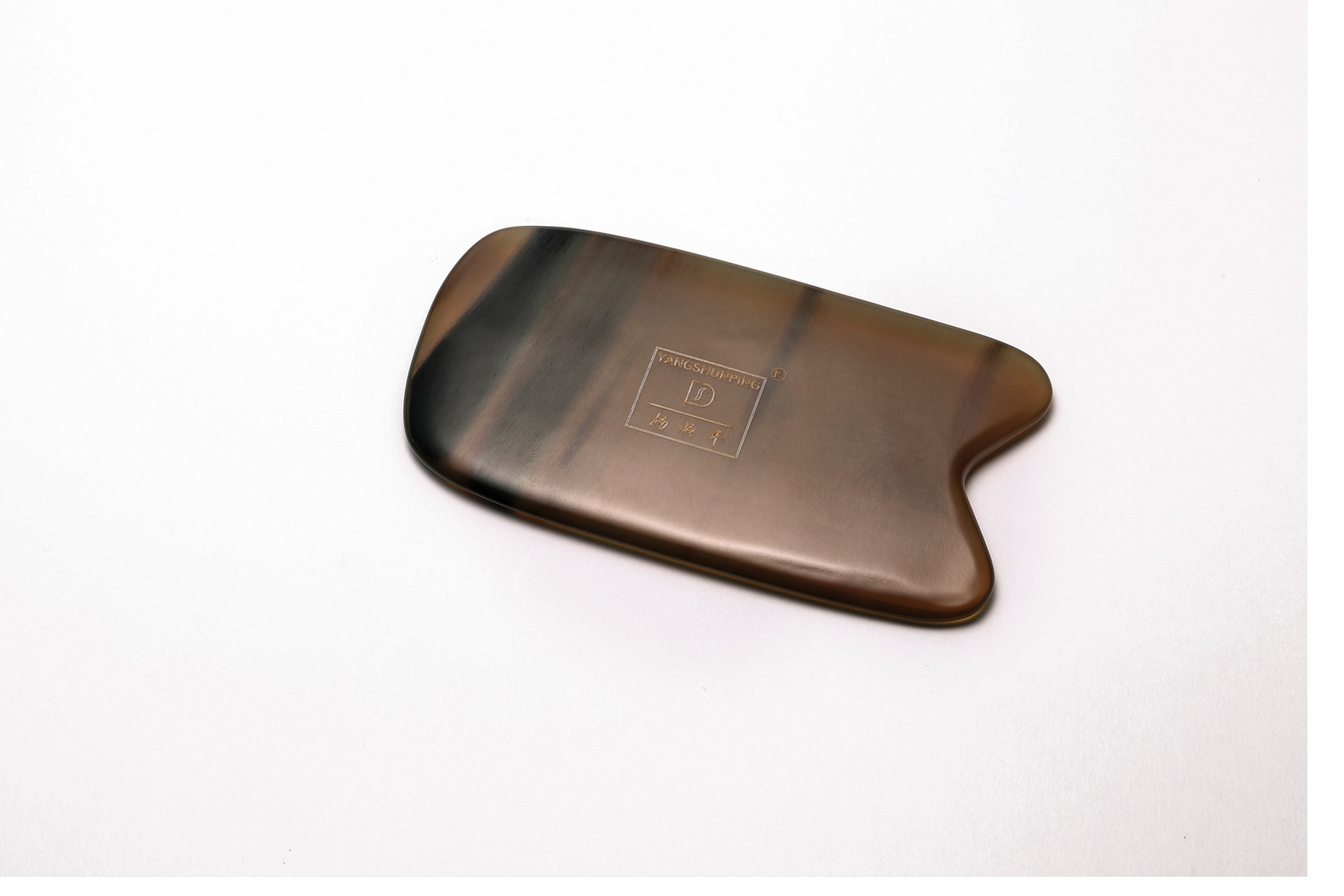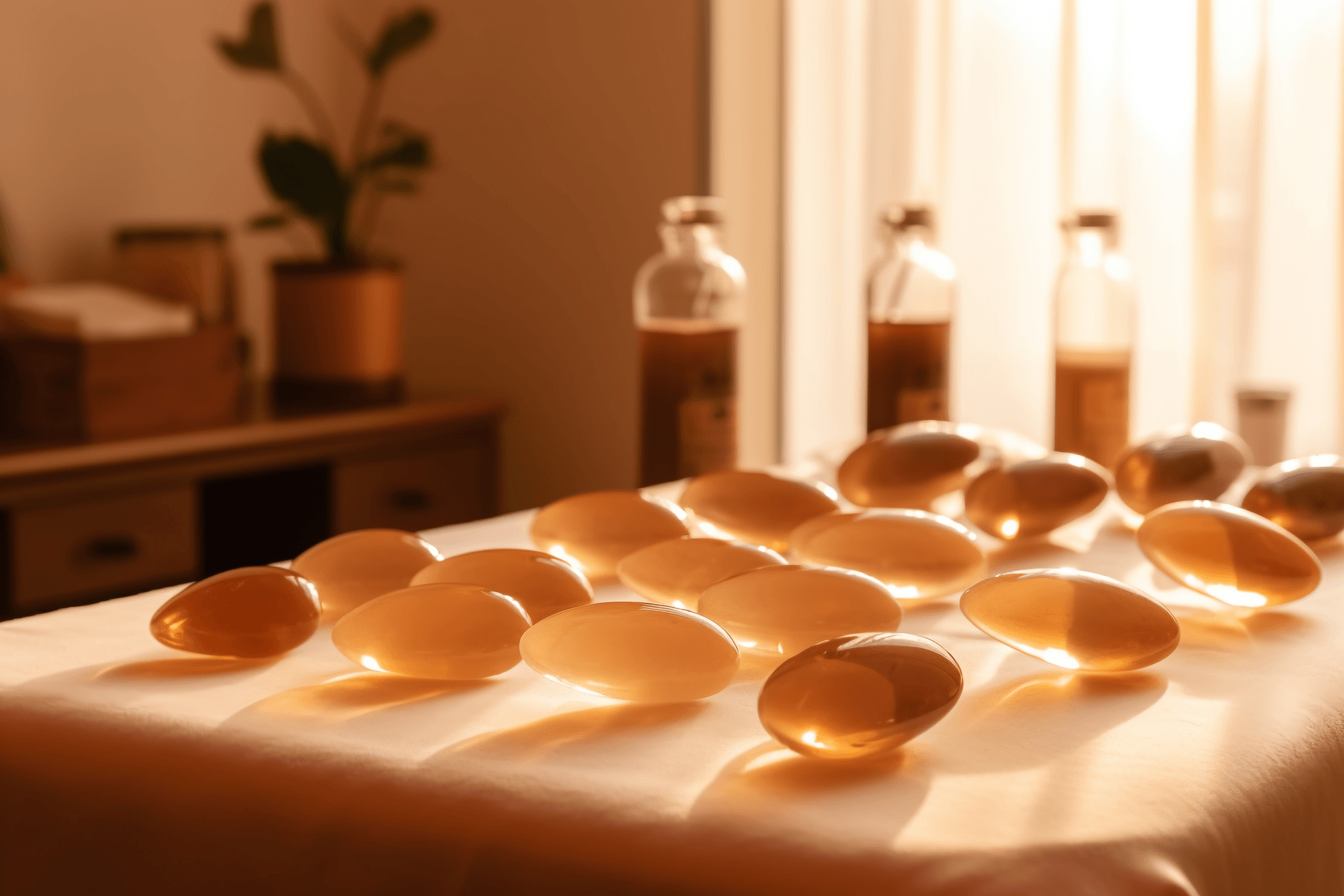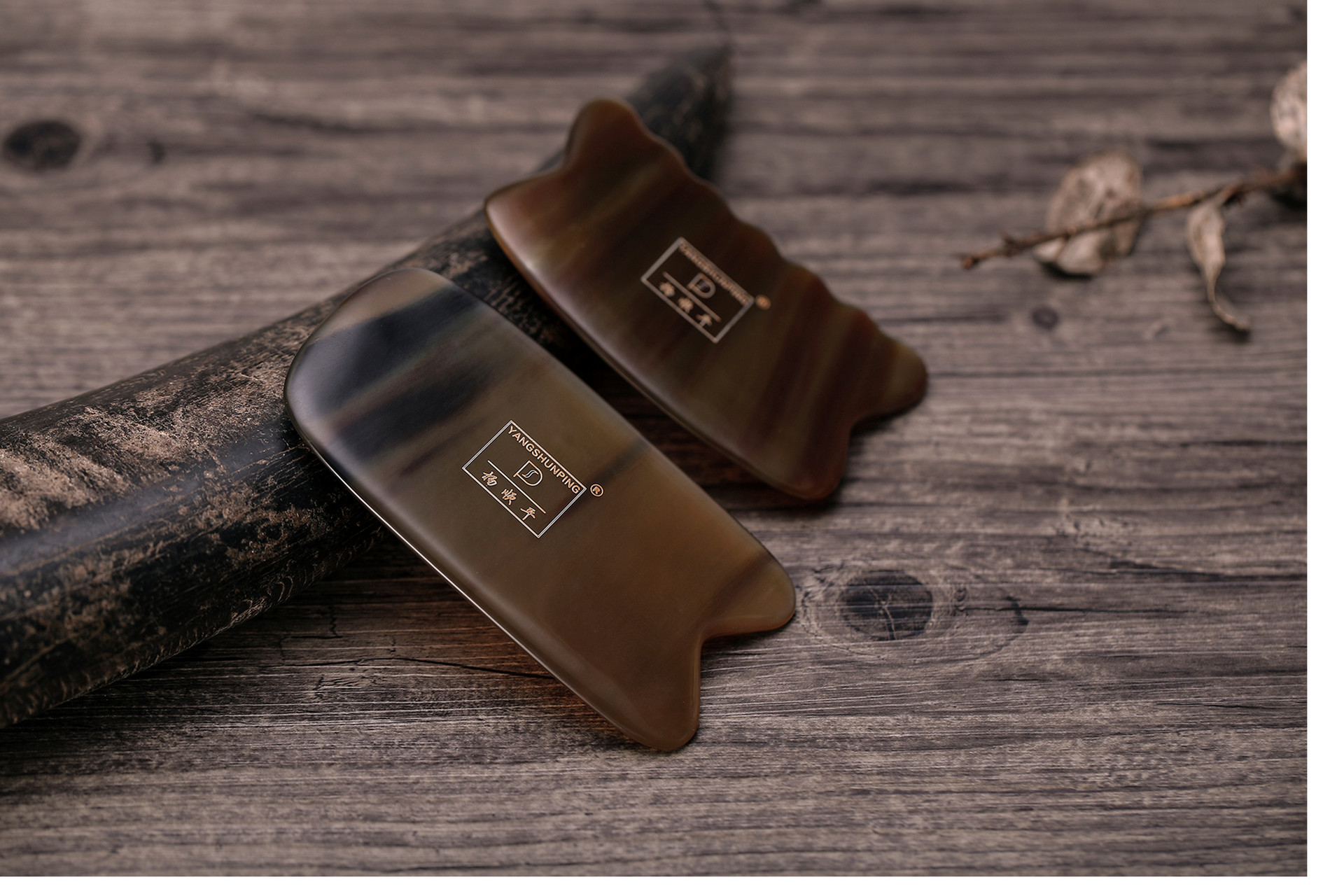Guasha brings vitality to life and effectively improves sub-health conditions. The well-known traditional folk guasha therapy has a deep heritage and long history. However, many people only know about the therapeutic effects of guasha therapy for symptoms such as headaches, cervical spondylosis, and frozen shoulder. Today, I will introduce another function of guasha therapy for the treatment of another disease. Let's take a look at my specific introduction below.
Using guasha therapy to treat acne
Acne is a chronic inflammatory skin disease that occurs in hair follicles and sebaceous glands. Traditional Chinese medicine also refers to it as "acne".
Patients with acne initially show mostly blackhead pimples, which, when squeezed, can expel sebum plugs with a black head and a yellowish-white translucent body. Small pustules may appear on the top of the rash, and temporary pigmentation or small concave scars may be left after rupture or absorption. In a few severe cases, in addition to blackhead pimples, papules, and pustules, inflammatory nodules or cysts the size of a chickpea to a fingernail can also be seen. Cysts can become abscesses, form sinus tracts, and scars after rupture. The size and depth of various lesions vary, often with one or two types of lesions predominating. It mostly occurs in the oily areas of the face, chest, and back, occasionally in other parts, with symmetrical distribution. The central part of the face, especially the nose and the area around the eyes, is often not affected. Most of them have no subjective symptoms, but if inflammation is significant, it can cause pain and tenderness. Most patients can naturally recover or reduce symptoms after adolescence. It is clinically divided into three types: heat accumulation in the lung meridian, spleen and stomach damage, and blood stasis obstruction.
1. Heat accumulation in the lung meridian
(1) Symptoms
Acne papules are mostly distributed around the nose.
(2) Treatment method
(1) Acupoint selection
Hegu, Quchi, Chize, Dazhui, Feishu.
Apply guasha: Weizhong.
(2) Location
Hegu: On the back of the hand, between the first and second metacarpal bones, at the midpoint of the radial side of the second metacarpal bone.
Quchi: On the outer side of the elbow transverse line, when the elbow is flexed, at the midpoint of the line connecting Chize and the lateral epicondyle of the humerus.
Dazhui: In the middle of the elbow transverse line, at the concave point on the radial side of the biceps tendon.
Feishu: On the back, below the third thoracic vertebra spinous process, 1.5 cun to the side.
Weizhong: At the midpoint of the popliteal transverse line, between the tendons of the biceps femoris and semitendinosus.
(3) Order of scraping
First scrape Dazhui on the neck, then scrape Feishu on the back, then scrape Quchi, Chize, and Hegu, and finally apply guasha on Weizhong.


